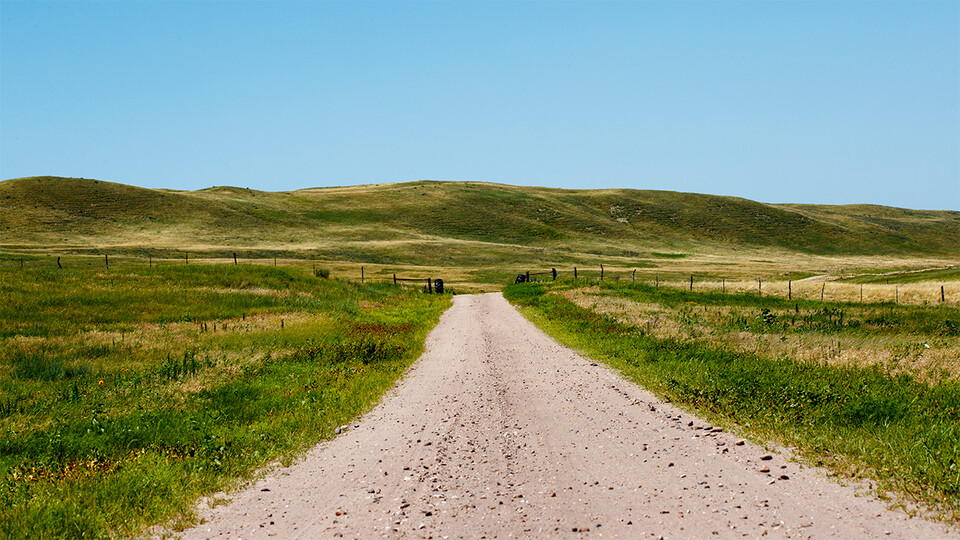
Ecologists have historically classified certain regions as too arid to allow encroachment by the eastern redcedar tree, an invasive species that has already overtaken much of the southern Great Plains. One region considered more or less immune to invasion? The relatively dry western portion of the Nebraska Sandhills, which often averages fewer than 20 inches of precipitation per year — generally believed the minimum needed to support the tree’s spread.
As detailed in the Journal of Vegetation Science (https://onlinelibrary.wiley.com/doi/10.1111/jvs.13155), Husker researchers Dillon Fogarty, Dirac Twidwell and Craig Allen set out to test that conventional wisdom. Supplemented by satellite imagery, the trio sampled 40 tracts of the Sandhills that received anywhere between 15.7 and 25.8 inches of precipitation, recording the presence and dispersal of eastern redcedar in the process.
Fogarty, Twidwell and Allen found no evidence that the supposed precipitation threshold prevented the establishment of eastern redcedar, as the invasive tree peppered even the most arid of the 40 tracts. Of the roughly 270,000 adult specimens counted by the team, nearly 47,000 were growing on land that received fewer than 20 inches of annual precipitation. Though the actual density of encroachment did vary some with precipitation, the mere presence and proximity of planted, seed-bearing trees accounted for a good deal of that encroachment.
The fact that eastern redcedar can grow and spread in semi-arid grasslands should inform future conservation practices, the researchers said. Planting stands of eastern redcedar as shelterbelts, which do help guard against windstorms and erosion, should be undertaken with care. And even dry tracts should be monitored for potential encroachment, the team said.
More details at: https://onlinelibrary.wiley.com/doi/10.1111/jvs.13155